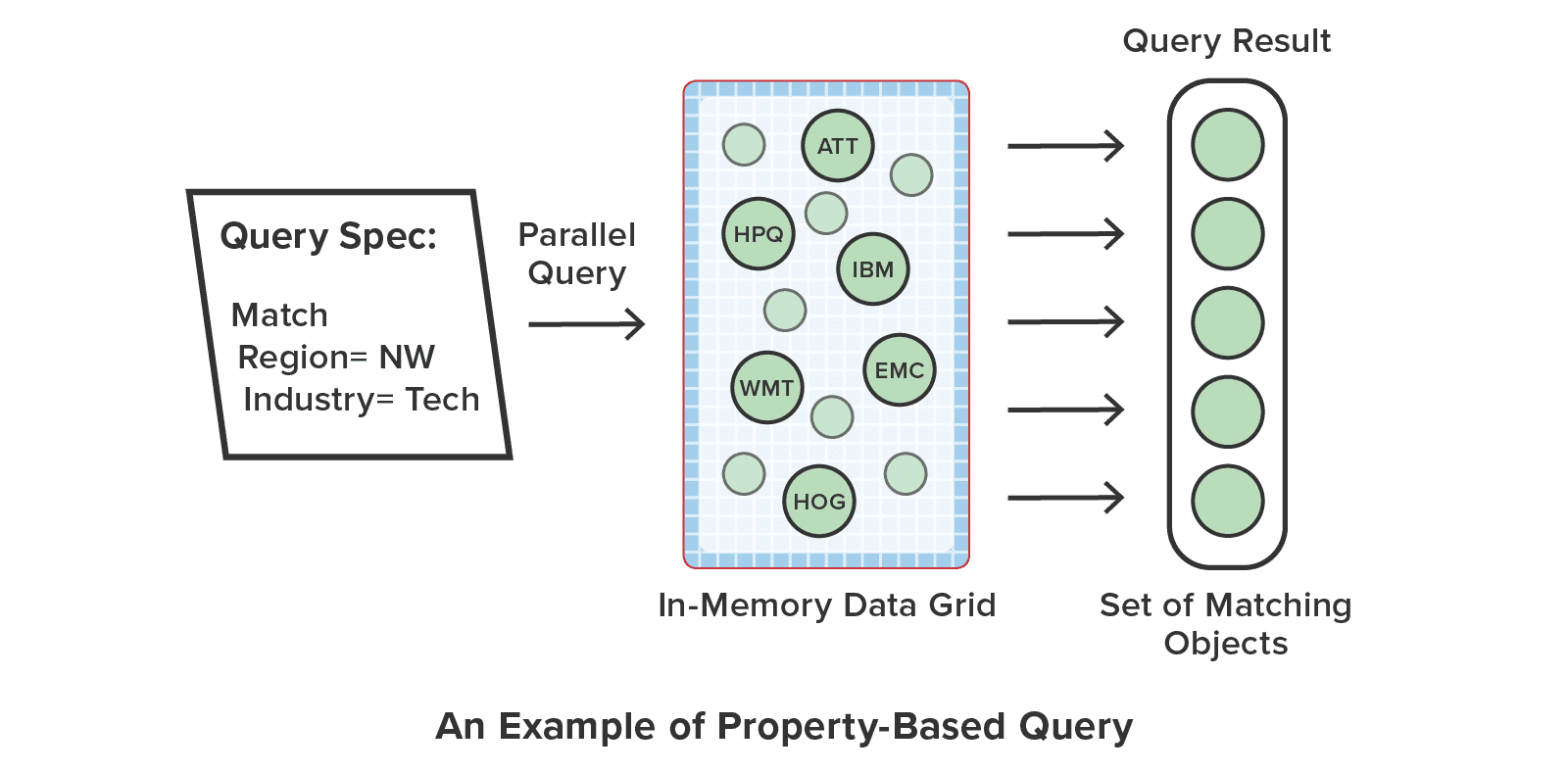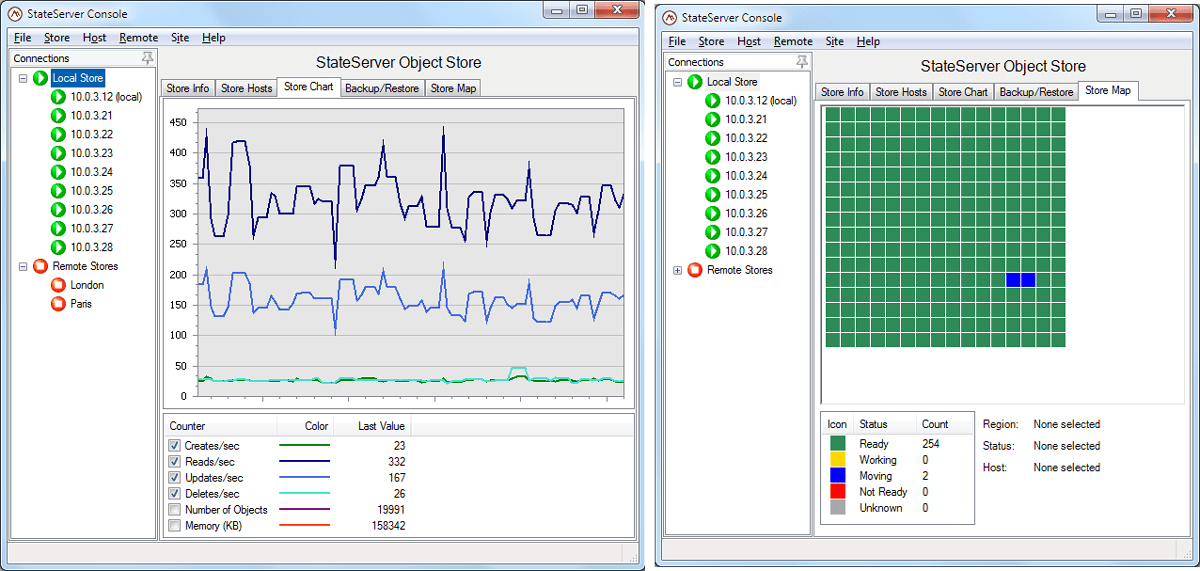Architected for Operational Systems
Designed for Managing Fast-Changing Data
Operational systems typically manage huge workloads and need to be able to instantly access fast-changing data, such as web session data, business logic objects, and financial pricing information. ScaleOut StateServer meets this need with an in-memory data grid (IMDG) spanning a cluster of servers and designed to host millions of serialized data objects in memory. Client applications save, access, and update these objects at memory speed using powerful but easy-to-use APIs. This eliminates database bottlenecks, dramatically reduces access latency, and enables automatic scaling to handle growing workloads.
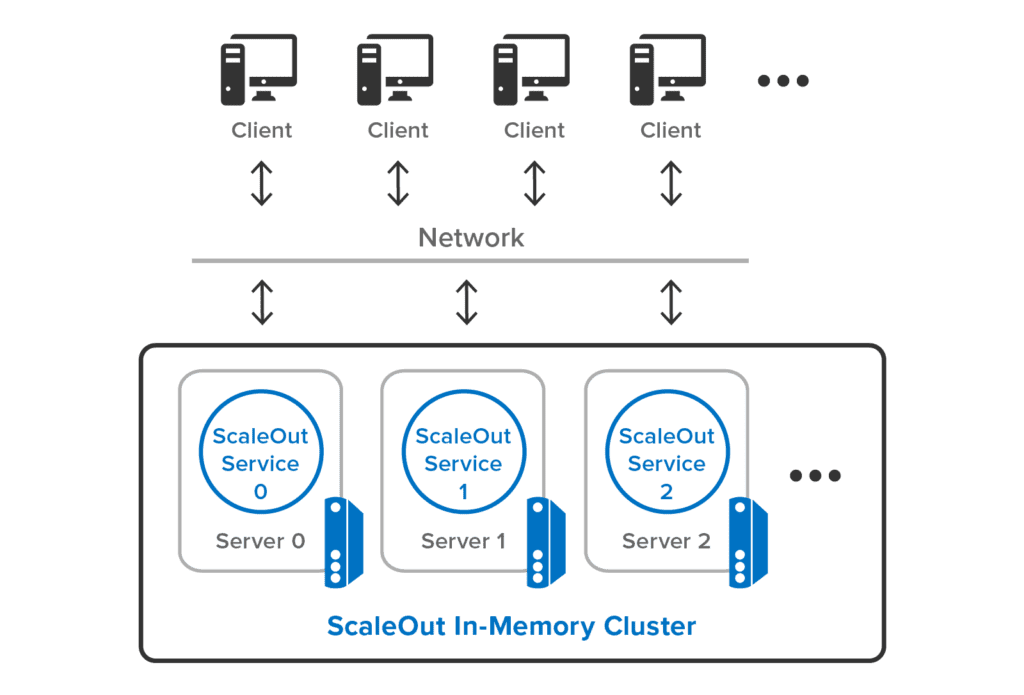
ScaleOut StateServer Runs on a Cluster of Servers
Built to Scale
ScaleOut StateServer automatically scales its storage capacity and access throughput as the application’s workload grows. You simply add a new server to the cluster, and ScaleOut StateServer transparently integrates the new server into the in-memory data grid. It does this by partitioning the stored data and dynamically balancing the amount stored on each server in the grid. This automatically adjusts the relative usage by each server as needed to scale throughput and maintain fast response times. When running ScaleOut StateServer in the cloud, it becomes a fully “elastic” in-memory store — able to expand to handle peak workloads and then shed resources when not needed.
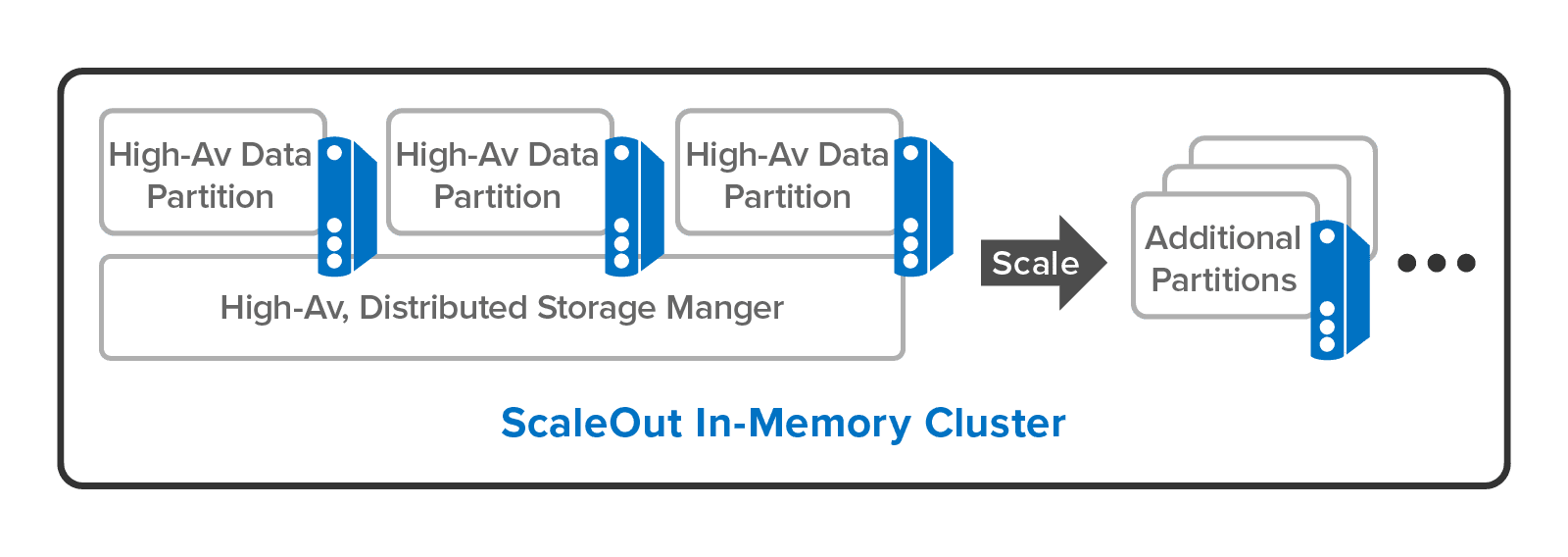
Scales by Adding Servers and Partitioning the Data
ScaleOut StateServer is designed from the inside out to scale every aspect of its architecture and avoid bottlenecks that limit scalability. Performance tests confirm that it delivers consistently fast access times by linearly scaling throughput as servers are added to the in-memory data grid.
Designed for High Availability
Operational systems cannot afford to lose mission-critical data. ScaleOut StateServer ensures that grid-based data is always available — even if a grid server fails — by storing all objects on up to three servers. If a server goes offline or loses network connectivity, ScaleOut StateServer automatically retrieves data from other servers in the grid, and it creates new replicas as necessary to maintain redundant storage. ScaleOut StateServer employs patented “quorum” technology which guarantees that the in-memory data grid always handles server failures correctly and efficiently.
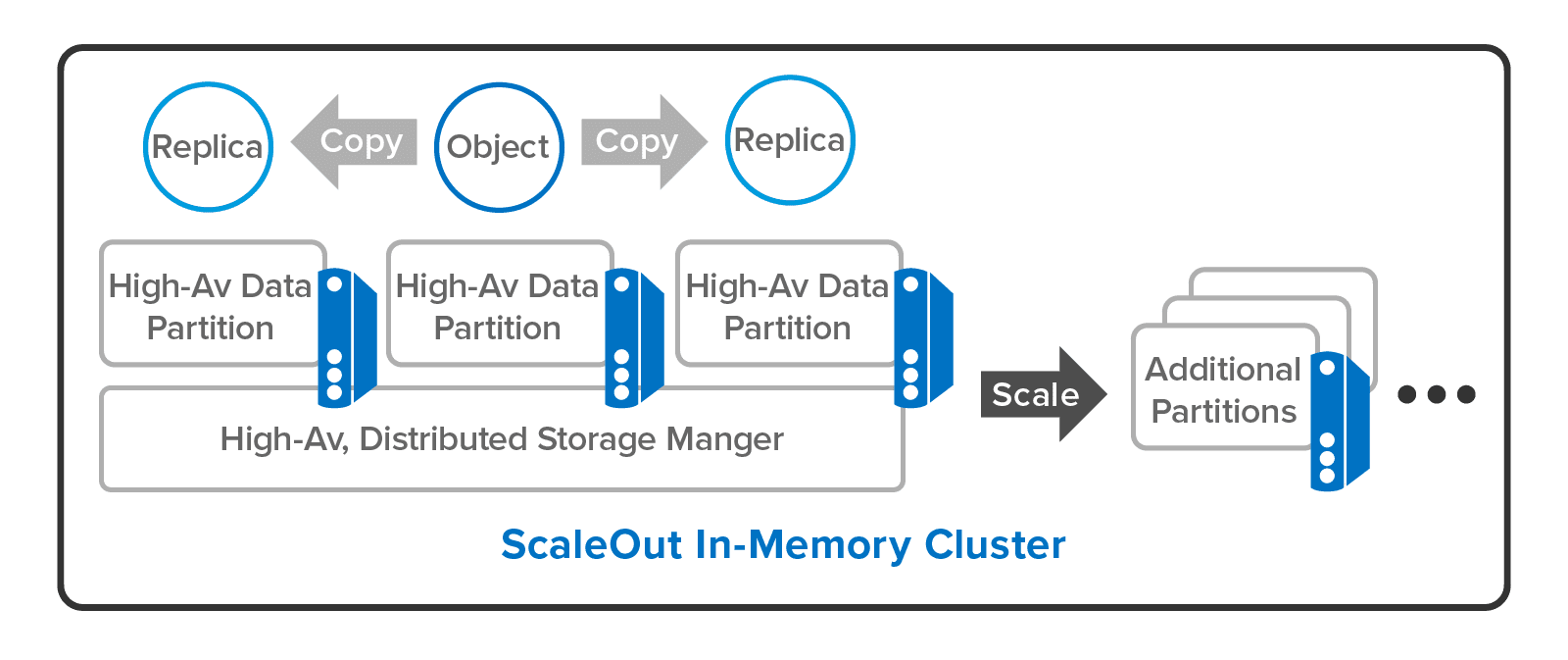
Objects are Replicated for High Availability
To quickly detect and respond to server outages, ScaleOut StateServer uses a patented, scalable heartbeat protocol that triggers an automatic “self-healing” process, which restores access to grid data, rebuilds redundant storage, and dynamically rebalances the workload across the in-memory data grid. Because it automatically handles all aspects of recovery, ScaleOut StateServer simplifies application development and keeps management costs low; you can keep your focus on application development and not be distracted by the details of managing the grid.




